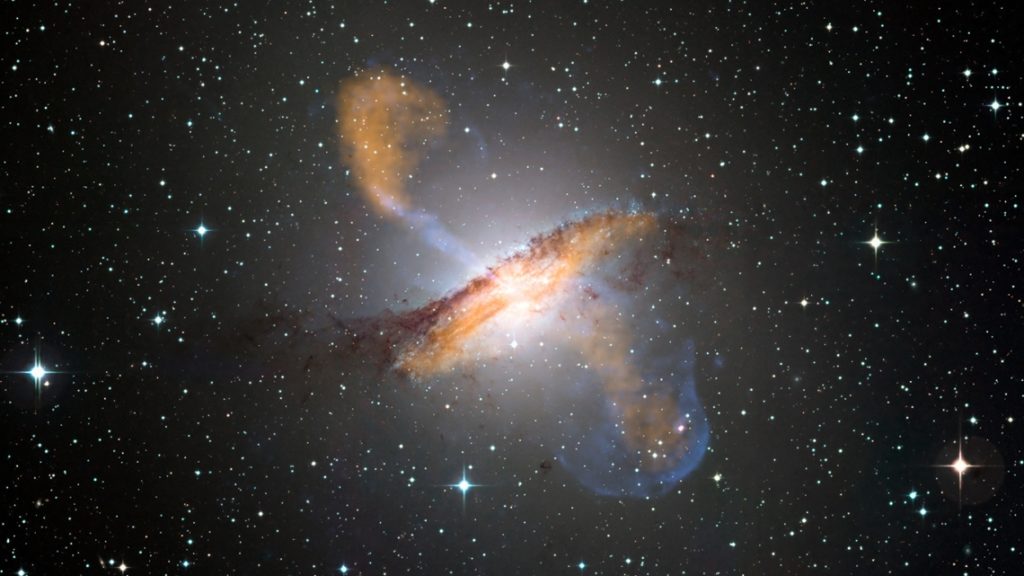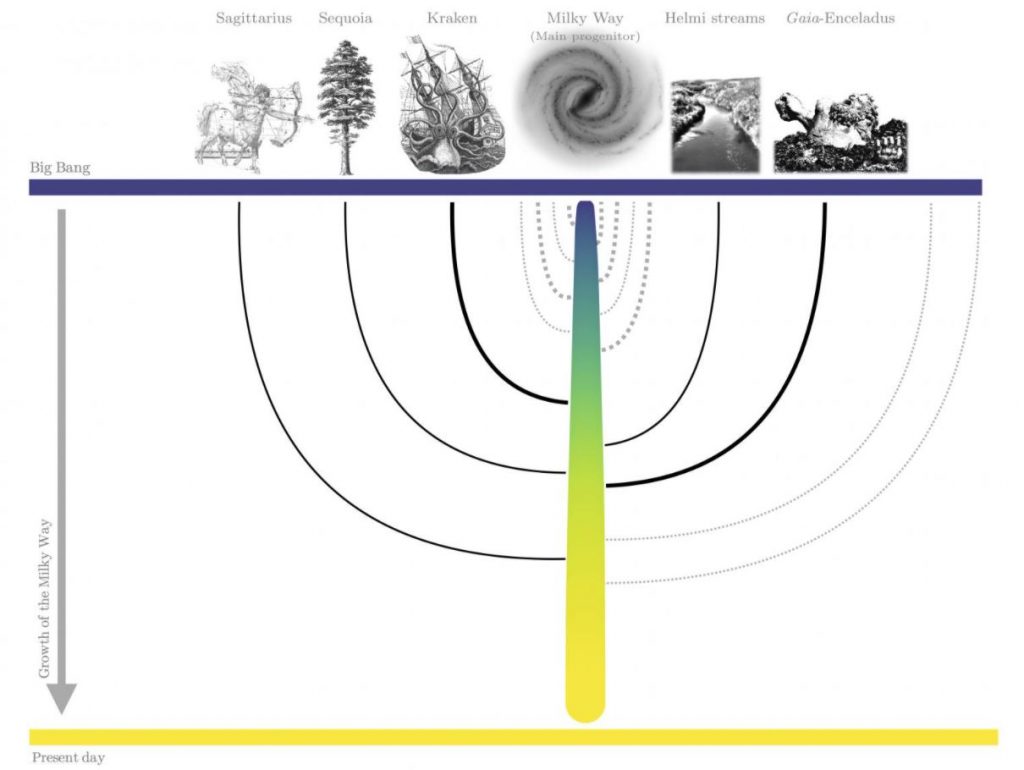
Using observations of Centaurus A, a nearby elliptical galaxy, obtained with the Gaia space telescope and ground-based instruments under the PISCeS survey, a team of astronomers presents an unprecedented number of globular cluster candidates in the outer regions of the galaxy. The findings provide astronomers with an even more detailed picture of galactic architecture and history of collisions and mergers.
A survey completed using a combination of ground and space-based telescopes yielded a ...
Read More









Recent Comments